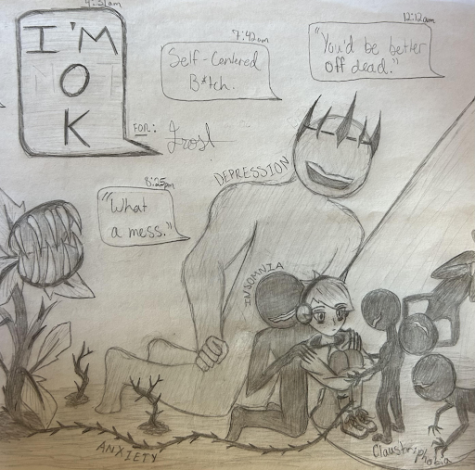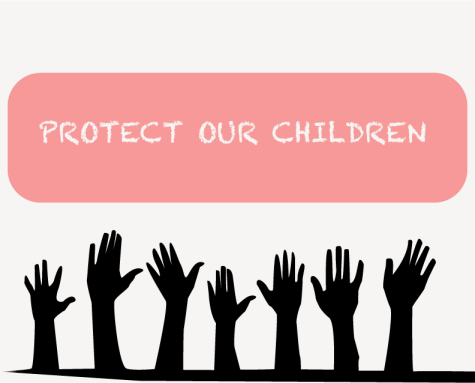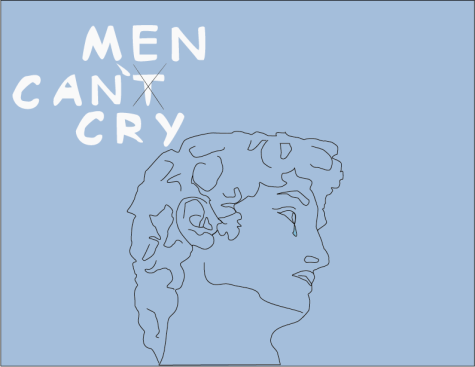“In 2021 there have been dozens of anti abortions laws introduced”
April 28, 2021
In 2021 there have already been dozens of anti abortions laws introduced, a few of these states being Montana, Kansas, Wyoming, and Tennessee, these states tend to lean on the right side of the political spectrum. There are many different elements that will be discussed, when a fetus cannot feel pain, situations of when women would get second term abortions, how banning abortions doesn’t stop them, different types of abortions, and more. I believe that a woman should have the right to her own body and not be regulated by the government
One argument that is brought up when talking about abortion is that a fetus can feel pain, which is untrue for first and second term abortions. According to Obstetrical Anesthesiologist Mark Rosen a fetus cannot feel pain until the 28 gestation period. With the collected data planned parenthood estimated that 91% of legal abortions happen before 13 weeks, 65% of legal abortions before 8 weeks, and the CDC says 1.3% of legal abortions happen after 21 weeks.
There are many reasons why women get second term abortions. A few being absence of a partner, violence with a partner, fetus abnormalities, financially could not support a child, too young, mentally isn’t ready to care for a child, and health complications. Abortion can be a sensitive topic for many women and isn’t easy decision, so we can’t shame women for making the best decision for their bodies.
When government officials introduce laws that could limit abortion access or it ban entirely they might think they are finally putting an end to the “murdering” of innocent babies but in reality banning abortion doesn’t stop abortion. Data shows that in countries where abortion is illegal abortion rates are just as high as countries that have legalized abortion. According to KFF (Kasier Family Foundation) which is non for profit organization that focuses on national health issues, making abortions illegal doesn’t only hurt women that want abortions but it can also impact women who have miscarried because they have to prove that the miscarriage was unintentional.
In El Salvador abortion is illegal and a OBGYN had a patient that came in pregnant and had a heart disease, the pregnancy was life threatening and she was denied access to abortion. She later passed away 9 weeks later. In El Salvador a doctor could face up to 12 years for performing an abortion and are required to report potential abortions to the police.
Second term abortions are actually more common in teenagers and planned parenthood says that this happens is because they are scared of their parent reaction, fantasies that a child will fix a broken relationship, denial of pregnancy, and many teens have irregular periods.
There are many different types of abortions you can take medication and this is an option up until 10 week. Vacuum aspiration which is a gentle suction that pulls the fetus and placenta and can cost anywhere from $600 to $1000. Dilation and evacuation, which is used in the second trimester,is usually done over a two day period. Induction abortion, they give you medicine that puts you in labor and is performed after 24 weeks. Lastly is Late term abortions and they are rare and usually only happen when the mother’s life is endanger.
Abortion is healthcare and a women’s body should not have laws and regulations on it; nobody has to carry that fetus to full term expect for her. She has to care for it, provide for it, and dedicate her life to them. Abortions are essential and are important for women to have access to. Since banning abortions won’t stop them a few ways you could slow down abortion rates are having easier access to contraceptives, having schools teach better sex education, and bettering the foster care system by coming up with solutions to fix it and finding way to ensure the mother that when she delivers the baby they will go somewhere safe.
Work Cited:
ABORTION after the FIRST TRIMESTER.
Ahmed, Zara. “Abortion Rates Don’t Drop When the Procedure Is Outlawed. But It Does Make It More Dangerous.” NBC News, NBC News, 29 July 2020,
www.nbcnews.com/think/opinion/abortion-rates-don-t-drop-when-procedure-outlawed-it-does-ncna1235174. Accessed 30 Mar. 2021.
CDCs Abortion Surveillance System FAQs. 2021, www.cdc.gov/reproductivehealth/data_stats/abortion.htm. Accessed 30 Mar. 2021.
Kleeman, Elise. “When Does a Fetus Feel Pain?” Discover Magazine, Discover Magazine, Dec. 2005, www.discovermagazine.com/health/when-does-a-fetus-feel-pain. Accessed 30 Mar. 2021.
Smith, Kate. “These Women Say They Had Miscarriages. Now They’re in Jail for Abortion.” Cbsnews.com, 29 May 2020, www.cbsnews.com/news/miscarriages-abortion-jail-el-salvador/. Accessed 30 Mar. 2021.
“Understanding Pregnancy Loss in the Context of Abortion Restrictions and Fetal Harm Laws.” KFF, 4 Dec. 2019, www.kff.org/womens-health-policy/issue-brief/understanding-pregnancy-loss-in-the-context-of-abortion-restrictions-and-fetal-harm-laws/. Accessed 30 Mar. 2021.
Watson, Stephanie. “What Are the Different Types of Abortion?” Healthline, Healthline Media, 3 Aug. 2018, www.healthline.com/health/types-of-abortion#late-term. Accessed 30 Mar. 2021.











Lexi Baty • Sep 20, 2021 at 8:23 am
Banning abortions would also be unsafe. My grandmother’s friend had an illegal abortion when she was 19. Guess what happened. She got an infection and died as a result. If abortion is illegal, it could cause higher fatality rates than it would if they were legal, because there would be better safety precautions and procedures taken.